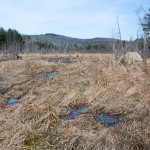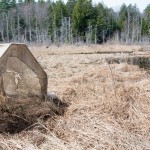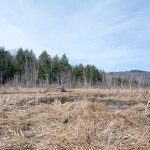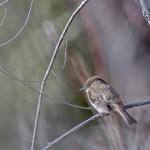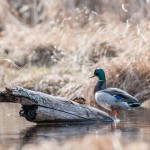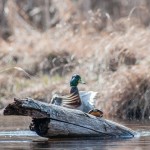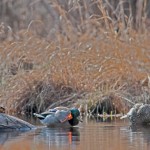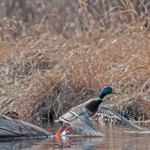Yesterday afternoon I took a walk up Hattie Brown Road. This old (and now gated) road leads to an old homestead but is used mainly for logging access these days. On its way up to the old foundation (which is roughly a mile from Craig Road) , the road passes a beaver pond and a fairly new (i.e. still grassy, not brushy) log yard. Both are good spots for odes.
The weather was ideal; the temperature was in the low 70s F, the skies were azure blue and there was a bit of a gusty breeze blowing.
At every sunny spot on the road there were chalk-fronted corporals, often a dozen or more in one patch of sunlight. I saw literately hundreds of individuals, in total.
In addition to the corporals, I saw a half dozen Hudsonian whitefaces, mostly maturing (i.e. turning from yellow to red) males, two or three teneral frosted whitefaces (along the edge of the beaver pond), a single four-spotted skimmer (in the woods near the old foundation) and a single spreadwing (in the beaver pond).
I also saw a single darner of some sort. It perched briefly on a stem of grass along the road by the beaver pond. However, the weight of the insect, its sail-like wings and the wind conspired against me making its photo. It was swaying back and forth so vigorously that I could not keep the critter in the viewfinder, much less focus on it!
It was also a good day for seeing non-ode animals. I saw a both tiger swallowtails and pipevine swallowtails; a few of each type. I also found a small (first joint of your thumb-sized) toad at the edge of the road in the woods and a painted turtle (a female wanting to lay eggs?) in the middle of the road a few dozen yards up hill from, and pointed away from, the beaver pond.
I also saw an indigo bunting at the edge of the log yard. It hung around long enough so that I could remove the extension tube from between camera and lens. Although with only 300 mm of magnification available, the resulting photos are merely record shots.
Lastly, I observed a young deer in a small sunny patch on a skid road leading off of the main road. If was maybe fifty feet from me, but it did not hang around long enough for me to even contemplate removing the extension tube this time.
All-in-all are very good few hours of wildlife observation!
[scrollGallery id=581 – autoscroll = false width = 600 height = 600 useCaptions = true]
